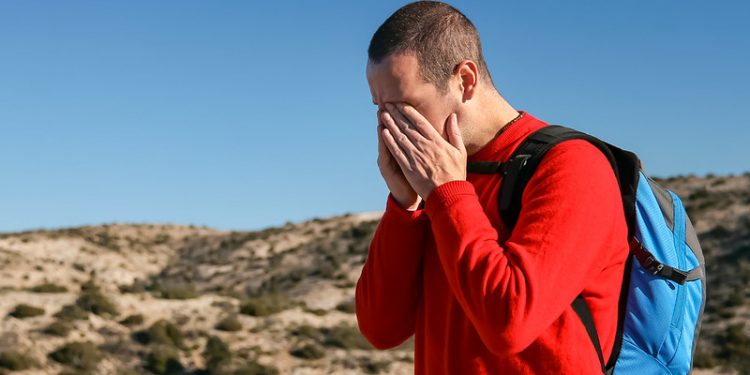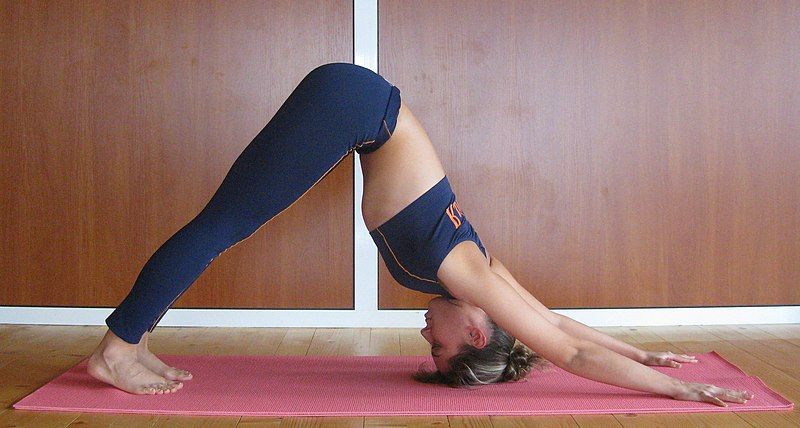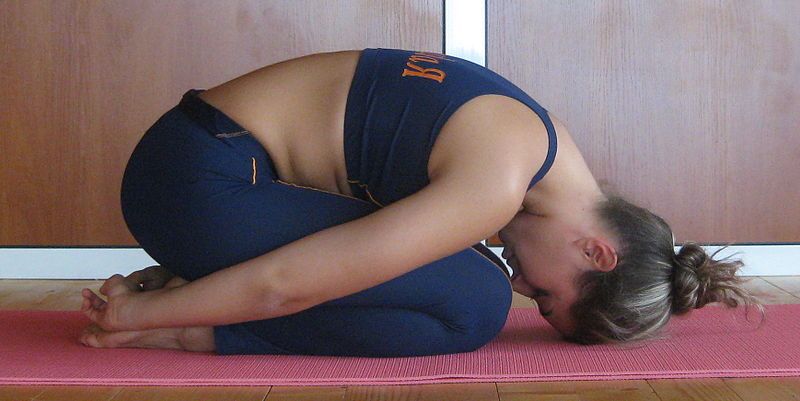
A migraine attack can be described as one of the worst experiences anyone could go through. People who suffer from migraines are even willing to consume medication with horrible side effects. Initially, the vision gets slightly blurry, and the episode ends up with excruciating pain on one side of the head.
Generally, a physician would prescribe Triptan (a class of drugs) available over-the-counter in drug stores. Triptans like rizatriptan, naratriptan, and sumatriptan do help relieve headaches, but only temporarily.
No one wishes to go through the same torrid experience again and again. In such a scenario, it is essential to undergo non-medical or holistic treatment alongside the pharmaceutical drugs prescribed by your doctor.
Is yoga the correct solution for migraines? An Indian study performed by the National Institute of Mental Health and Neuro Sciences and many other reputed research institutes concluded that performing yoga alongside regular treatment can reduce the frequency and intensity of migraine headaches. Yoga for migraines is legitimate adjuvant therapy.
Yoga Poses for Migraine Patients
1) Double Pigeon Pose

The double Pigeon Pose has several other similar-sounding names. In Sanskrit, it is called Agnistambhasana. Before beginning your yoga for migraine relief session, it is advised to warm up a bit. Further, Double Pigeon Pose is quite easy-to-perform, and hence, it is usually done at the beginning of the session.
Step 1:
This posture is to be performed, starting from sitting in a simple cross-legged position.
- Sit upright on a mat.
- Bend your left knee and tuck your left leg in.
- Now bend the right knee and place your leg on top of the left leg.
Step 2:
Once you feel comfortable sitting in this position –
- Place both your hands in front of your crossed-legs and slowly move forward. Make sure your core is tight and butt pressed against the mat. Try to go as far as you can.
- Pause and take five breaths.
- Get back to your original position.
- You can repeat this step five times per session – your yoga for migraines session.
2) Bridge Pose

In Sanskrit, the Bridge Pose is known as Setu Bandha Sarvangasana. This posture is one of the fundamental parts of Hatha Yoga. You are supposed to lay on the ground with your back in an inverted position. This might sound complicated or challenging, but those with a relatively healthy spine can perform it effortlessly. Let’s dive into the steps.
Step 1:
To begin the Bridge Pose –
- You need to lie on your back with knees bent at 90 degrees and arms resting on each side.
- Try to squeeze your hips and core, so there is very little pressure felt on your lower back.
- This step will prepare your body for the Bridge Pose.
Step 2:
In this step –
- Take a deep breath and raise your hips till your knees make a 45-degree angle with your thighs.
- Make sure your thighs, butt, and lower back are aligned to make a straight line. Press your hand against the floor for support.
- Tuck your chin in so it touches your sternum.
- Hold this position for five seconds and come back to the default position with an exhale.
3) Downward Facing Dog Pose

Downward Facing Dog is another effective posture in Yoga for migraines. In Sanskrit, this pose is called Adho Mukha Svanasana. Just like Bridge Pose, this posture also involves inversion of the mid-section of your body; but in the opposite direction.
Bridge Pose and Downward Facing Dog can be performed in a sequential flow, although it can be a bit tiring for those seeking easy-to-perform yoga for headaches.
Step 1:
- Start from a tabletop position. To get into a tabletop position, bring your body in half push-up position but extend your butt outwards.
- Your back should be parallel to the floor.
- Put all your body weight on your hands, knees, and feet.
Step 2:
Once you are comfortable in a tabletop position –
- You can take a deep breath and lift your hips high above the floor. Imagine being raised by a string tied to the backside of your hips.
- Further, put your body weight on your hand, forehead, and feet.
- Hold this position for five seconds and then come back to the tabletop position with an exhale.
- Rest for a couple of seconds.
- Repeat Step 2 five times.
4) Child’s Pose

The Child’s Pose is intended to relax and unwind your body. No matter how tired or stressed you are, this posture will help you get your vitality back.
Quick Tip – If you are performing this pose and have sweaty hands, then it would be very uncomfortable for you, so instead you should get some good yoga mats for sweaty hands first. Then it would be a great experience for you.
When performing yoga poses for migraines, always remember to end the session with lighter and easy-to-perform postures. You want your body and mind to cool off after performing physical activity. Child’s Pose, also known as Balasana in Sanskrit, helps you do just that.
Step 1:
Just like you did with Downward Facing Dog Pose, this one too is to be started from a tabletop position.
- Inhale and hold this position for about two seconds.
- Try to stabilize the core muscles and your hips.
Step 2:
- Gently lower your body by bending your knees and touching your forehead to the floor.
- As you lower your body, make sure to exhale.
- You can keep your hand in front of your head or pull them back in a Vinyasa Pose.
Step 3:
People who spend the majority of their time sitting in an office chair fail to attain the perfect Child’s Pose. If this sounds like you, it would be best to spread your knees slightly apart.
Continue to inhale as you sink your hips in. A Child’s Pose is to be performed either at the end of a Yoga for migraines session or in between poses. Its primary purpose is to stretch and relax your hips.
Conclusion
Along with unbearable headaches, a migraine attack also brings along other mental conditions like panic, anxiety, depression, and worry. Yoga for migraines can make your life a lot easier. However, it is also advised to continue your regular treatment. Also, consult your physician before beginning your yoga for migraines routine.
